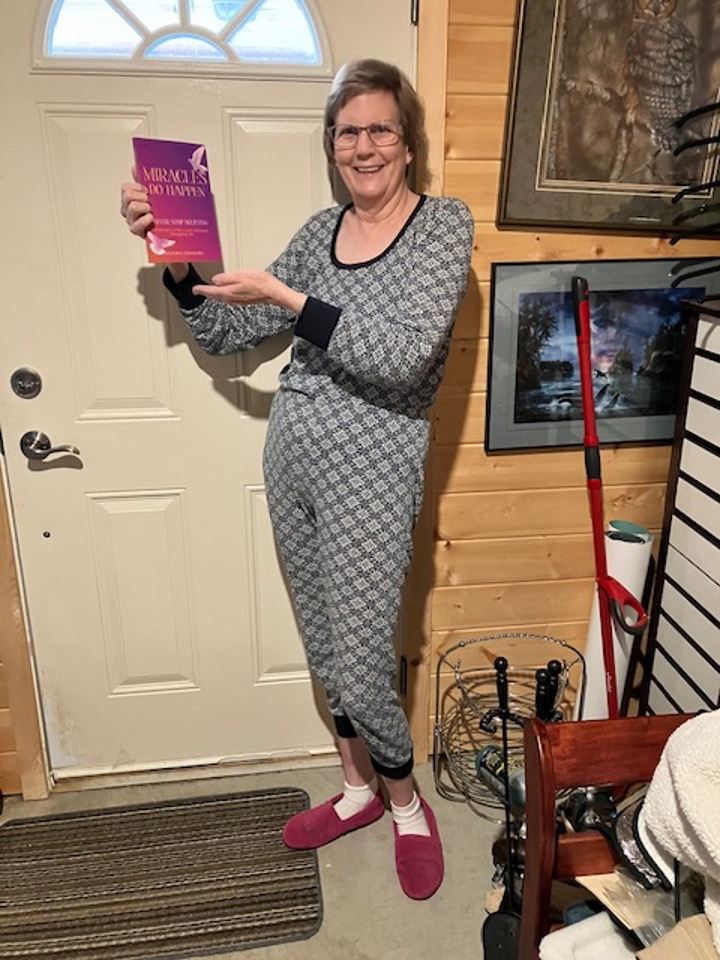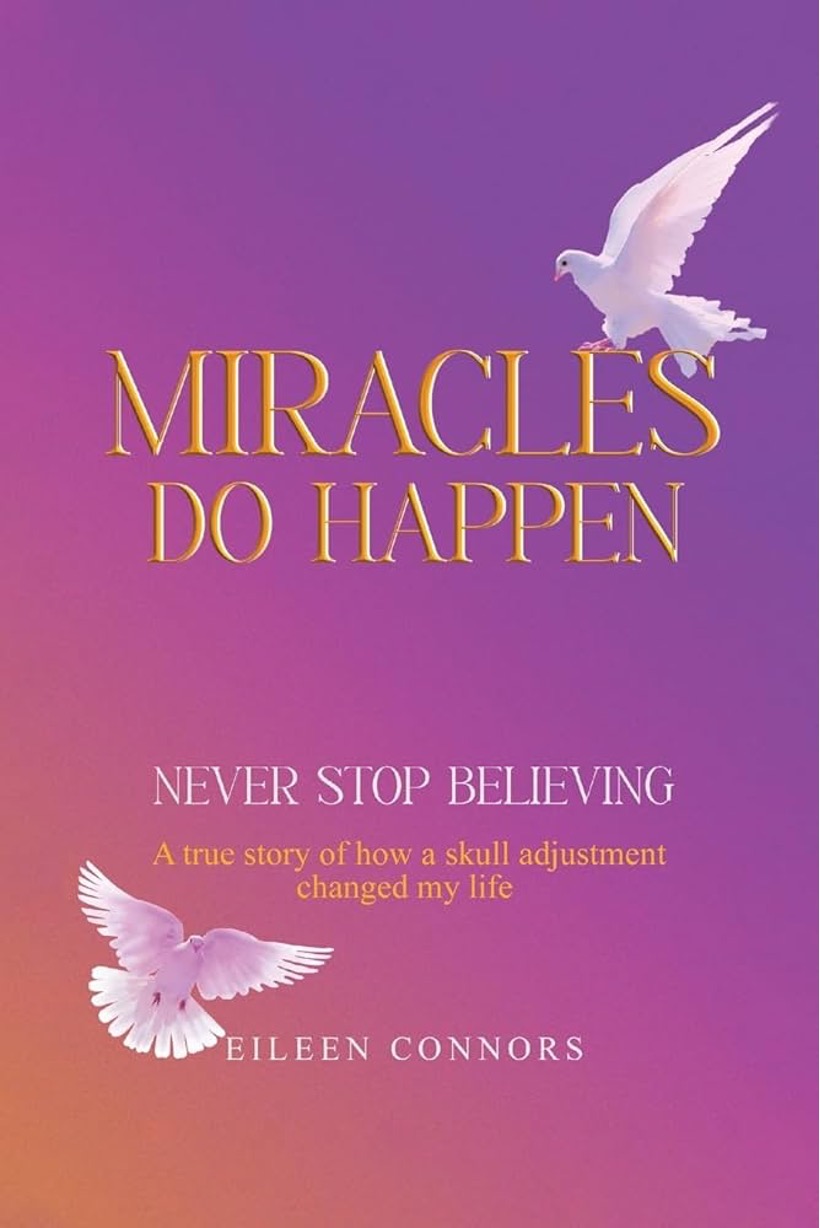When facing a serious health issue, many people find strength in two key areas: modern medicine and spiritual faith. Combining these can lead to a full approach to healing, where the latest medical treatments work together with the comfort and hope that come from spiritual beliefs.
Eileen Connors’ memoir, “Miracles Do Happen,” is a great example of how well this combination can work. It shows how faith and new medical technologies can work together to help someone recover and grow personally.
Faith, whether rooted in organized religion or personal spiritual beliefs, plays a critical role in the lives of many facing health crisis. It offers a sense of hope and purpose, which are essential during challenging times. For Eileen Connors, faith was not just a source of comfort; it was a catalyst for resilience and courage in her battle against the rare conditions of trigonocephaly and quadriplegia.
Faith instilled a sense of hope in Eileen, which acted as a mental and emotional anchor throughout her medical journey. This hope was crucial in maintaining a positive outlook and the determination to persevere through numerous treatments.
Often, faith communities provide not only spiritual support but also a network of care. These communities can rally around individuals, offering prayers, assistance, and encouragement. For Eileen, the support from her community helped sustain her spirit and optimism, amplifying the effects of medical treatments with emotional and social nourishment.
Medical innovation—through advancements in technology and procedures plays a vital role in treating physical ailments. Eileen’s journey was marked by the use of pioneering medical techniques that addressed the complexities of her condition.
Eileen benefited from cutting-edge treatments that significantly improved her condition without the need for invasive procedures. These medical innovations not only enhanced her physical capabilities but also her quality of life, allowing her more independence and involvement in various activities.
The success of innovative medical treatments often depends on the collaborative efforts of various healthcare professionals. In Eileen’s case, a team of dedicated doctors worked together to devise a treatment plan that was both effective and considerate of her overall well-being.

The Symbiosis Between Faith and Medicine
The relationship between faith and medical innovation in Eileen’s life exemplifies how these elements can complement each other to create a holistic healing environment. While medical treatments addressed the physical aspects of her condition, her faith tackled the emotional and spiritual challenges, creating a balanced approach to healing.
- Holistic Healing: Acknowledging the influence of mental and spiritual well-being on physical health, Eileen’s story emphasizes the importance of treating the whole person. This holistic approach can lead to better health outcomes and a more positive treatment experience.
- Mutual Enhancement: Faith can enhance the effectiveness of medical treatments by improving patients’ outlook and engagement with their treatment plans. Conversely, witnessing the benefits of medical innovation can strengthen a person’s faith in both their medical team and their spiritual beliefs.
Conclusion
Living with a rare and challenging condition, Eileen Connors’ life showcases the incredible impact of combining faith with medical innovation. Her story goes beyond just getting by; it’s about flourishing against the odds. It shows us that when faith and science work together, they can lead to deep healing and personal growth.
If you’re moved by tales of bravery, resilience, and the perfect mix of faith and medicine, then Eileen Connors’ memoir, “Miracles Do Happen,” is something you need to read. Her experiences provide valuable lessons on how embracing both spiritual beliefs and medical breakthroughs can lead to a rewarding and healthy life. Step into her world and see how you, too, can blend faith and medical innovation in your life or help those around you.

